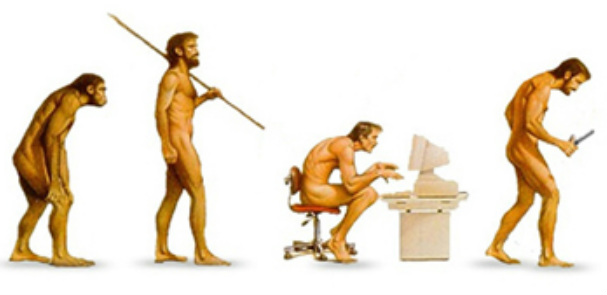Have you heard of ergonomics? Do you know what it means?
Most people would tell you it’s a type of chair that is good for your back. While this is true, ergonomics goes far beyond chairs and back problems.
The Study of Ergonomics is Synonymous with Human Factors
A little history, shall we?
The term Ergonomics was originally discussed by two Russian guys, both named Vladimir. They presented at the First Conference on Scientific Organization of Labour to rebuke the idea that people operate efficiently when treated like machines (at this time called Taylorism).
“The ultimate ideal of the labour problem is not in it [Taylorism], but is in such organization of the labour process that would yield a maximum of efficiency coupled with a minimum of health hazards, absence of fatigue and a guarantee of the sound health and all round personal development of the working people.” – Awesome Quote on Wikipedia from our Vladimirs.
Interestingly, these two scientists felt that it was only a matter of time that simple, repetitious jobs would actually be replaced by machines. They felt essentially it was silly to research how to make people better machines when it’s only a temporary issue. (If they only knew how right they were!!)
Sadly, neither Vladimir is alive today to see this idea birth new life into the workplace.
But it’s taken almost 100 years from the first discussions from the Vladimirs to push organizational ergonomics into people management in the workplace, really their intended purpose all along.
Now typically, I would pose some helpful tips to making your business environment more ergonomic, but this time I’m going to change it up!
I challenge you to honestly answer these 5 questions:
- Do I, and my team, genuinely concern ourselves with every person’s health and wellbeing?
- Do I, and our leaders, create a supportive, nurturing environment for the people to grow?
- Do I, and our leaders, actively implement ways of reducing work fatigue?
- Do I, and our company, compensate our people appropriately for their efforts?
- Do I, and our company, actively promote a safe working environment?
I speak with job seekers every day. When they are looking to leave a company, particularly those A-Players, it is almost always because of one or more of the above reasons.
Stop losing your A-Players and become an A-Player company!
Check out Gene Carr speak about his transformation as CEO and his Team’s Growth: Here

